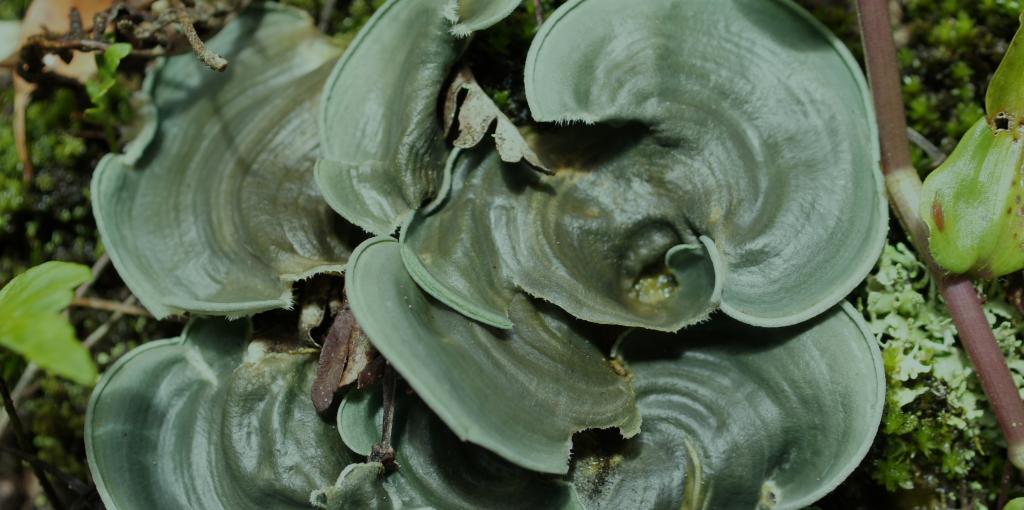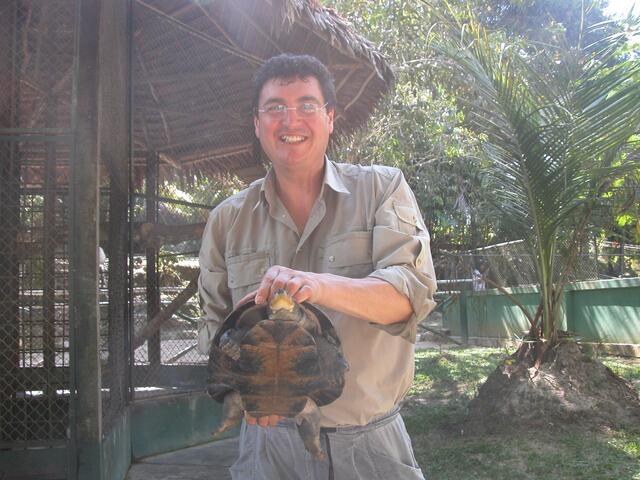Admission CTAs
Environmental Science and Policy — Department Chair's Message
Welcome to the 2019-2020 academic year in the Department of Environmental Science and Policy! According to the U.S. Department of Labor, employment of environmental scientists and specialists in natural resources conservation will grow 11% from 2016 to 2026, faster than the average for all occupations. “Heightened public interest in the hazards facing the environment,” the Bureau of Labor Statistics reports, “as well as the increasing demands placed on the environment by population growth, is expected to spur demand” for environmental jobs. Scientists and specialists are needed to analyze environmental problems and develop solutions that ensure the health of our communities. ESP is one of the few departments in the United States, and indeed in the world, that bridges environmental science with public policy. Our courses are cutting-edge and provide students with opportunities to work with government agencies, non-profits, and business. These opportunities open doors to students, whether as job offers or academic research funding.
From Fall 2015 to Spring 2019, we have awarded 104 B.S., 93 B.A., 66 M.S. and 55 Ph.D. degrees. Our graduates pursue both academic faculty positions and jobs in industry and government. Our doctoral students have been placed as faculty in universities such as Clemson University, University of Colorado-Boulder, University of Maryland-College Park, University of Virginia and Virginia Tech; as professionals in NGOs such as the Smithsonian, Conservation International, World Wildlife Fund, Cheetah Conservation Fund, and Atlanta Zoo; as consultants and scientists in private companies including HydroGeoLogic, Inc., Locus Group LLC, Envirolution, TNT Environmental, Inc.; and in government agencies such as NOAA Office of Ocean Exploration and Research, U.S. Geological Survey, U.S. Fish and Wildlife Service, National Park Service, U.S. Army Corps of Engineers, and the Environmental Protection Agency. In acknowledging the need in the Washington, DC metropolitan area for skilled environmental professionals, we continue to build programs that offer achievable–yet rigorous—paths with an understanding of the needs of students balancing careers and graduate study. For example, we have created a new Certificate in Environmental Management and Sustainability that in turn will become a one-year Professional Master of Science degree.
Our undergraduate program continues to grow at about 5% a year. We actively reach out to students who might not previously have considered environmental careers. For example, ESP provides innovative opportunities for high school students, from all walks of life and ethnic background, to receive college credit in environmental science through a dual-enrollment program with George Mason University. These students acquire first-hand exposure to environmental issues working with university professors. They explore the role of living collections in conservation practice, and develop logic and critical thinking skills as they explore ethical and policy challenges. They learn a variety of environmental field techniques and then how to apply the science to decision-making processes. The goal is not just to learn to make observations and ask questions, but to propose and evaluate creative solutions to complex problems related to conservation, ecosystem health, environmental science, policy and sustainability.
Our new faculty hires for Fall 2019 demonstrate our commitment to hiring the best available. It is a pleasure to welcome three new assistant professors to our department this fall who will provide high quality education, field opportunities and challenging issues to be solved through transdisciplinarity, integrative science, and public policy.
Dr. Karen Akerlof, an alumna of our department, has worked extensively at the intersection of science and policy. She has achieved tremendous success in three primary dimensions: communication of science with policymakers; public participation in decision-making; and use of communication as a “soft tool” to achieve governmental policy goals.
Dr. Travis Gallo is trying to understand how urban environments – both the physical and social, shape species distributions, populations, communities, and behaviors. Through his research, he is having a better understanding of fundamental ecological processes in urban ecosystems that can be applied to future urban planning and help conserve biological diversity in cities. Urbanization has significant effects on global biodiversity through increased demands for natural resources, landscape modifications, and habitat alterations. As urbanization and its consequences for biodiversity accelerate, the nexus between ecology, social science, and urban planning is more important than ever.
Dr. Scott Glaberman utilizes concepts and tools from molecular and evolutionary biology to address emerging environmental issues. His work includes four focus areas including the development next-generation approaches for environmental monitoring of chemical contaminants; understanding why species respond differently to environmental stressors such as climate change and pollution; applying genomics to the study of conservation biology; and using functional genomics to study the evolution of longevity, cancer, and aging in animals.
As a society, we cannot thrive unless we provide unparalleled learning opportunities for current and future generations to tackle the sizeable environmental challenges before us. ESP promises you an education that will be life-changing. Our students experience a transdisciplinary, hands-on program with access to unparalleled resources, including the Potomac Environmental Research and Education Center (PEREC) and the Smithsonian-Mason School of Conservation. Whatever your chosen career or life path—science, business, advocacy, public administration, journalism, parenting, community activism—you can play an important role in sustainability and protecting Earth’s biodiversity. The challenge is enormous. We invite you to join us in this endeavor!
Prof. A. Alonso Aguirre
Department Chair

